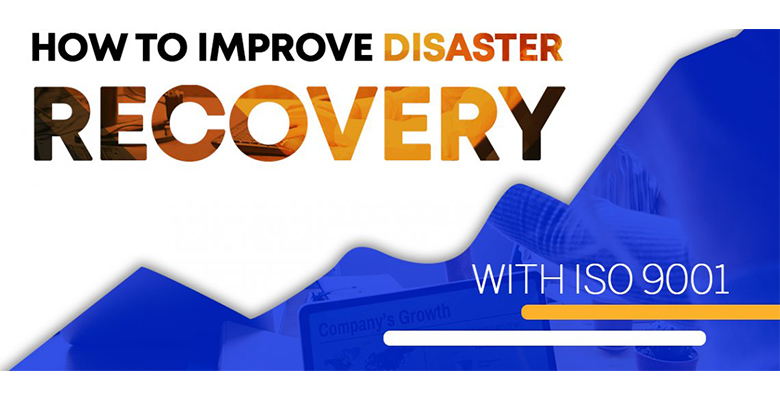


To maintain business continuity and ongoing improvement, implement a Quality Management System or QMS that is able to identify the risks, deal with disruption, and limit the effects of these events. The QMS should ensure that the business gets back to its normal state as soon as possible.
ISO 9001:2015 involves a number of requirements regarding risks and opportunities, however, these requirements do not need a formal risk management system. Determine what the risks are and how they can be resolved, while considering two parameters:
There are some common methods that can be used to identify and address risks, including maintaining a risk register, conducting Failure Mode Effects Analysis (FMEA), or Fault Tree Analysis (FTA), etc. To perform these tasks, use a probability and impact matrix.
Risk Identification and Mitigation Process
To achieve ISO 9001 certification, it is important to identify and address major risks, and perform the following steps:
Gather relevant information from employees about risk and disaster recovery management. It will help improve the existing system and ensure compliance with the ISO 9001:2015 Standard.
The data and information collected by interviewing the employees should be analyzed, and new ideas created. These can contribute to the overall improvement of the system.
To predict what risks can take place in the near future, look at previous events. With this past knowledge, it will be easier to assume any risks, and the sources from the risks are likely to emerge.
After considering present situations and looking back at past events, a survey can be conducted with the data. The main aim of this survey is to point out specific risks that can affect the QMS and determine the ways to resolve the risks. A SWOT (Strength, Weakness, Opportunities, and Threats) analysis will contribute to the success of the survey, helping to find strong and weak areas within the QMS.
It is often not possible for a business to correctly perform all these activities, therefore, most businesses hire ISO 9001 certification consultants. With their help, ISO 9001 can be utilized to improve the disaster recovery system.

Get connected with us on social networks!